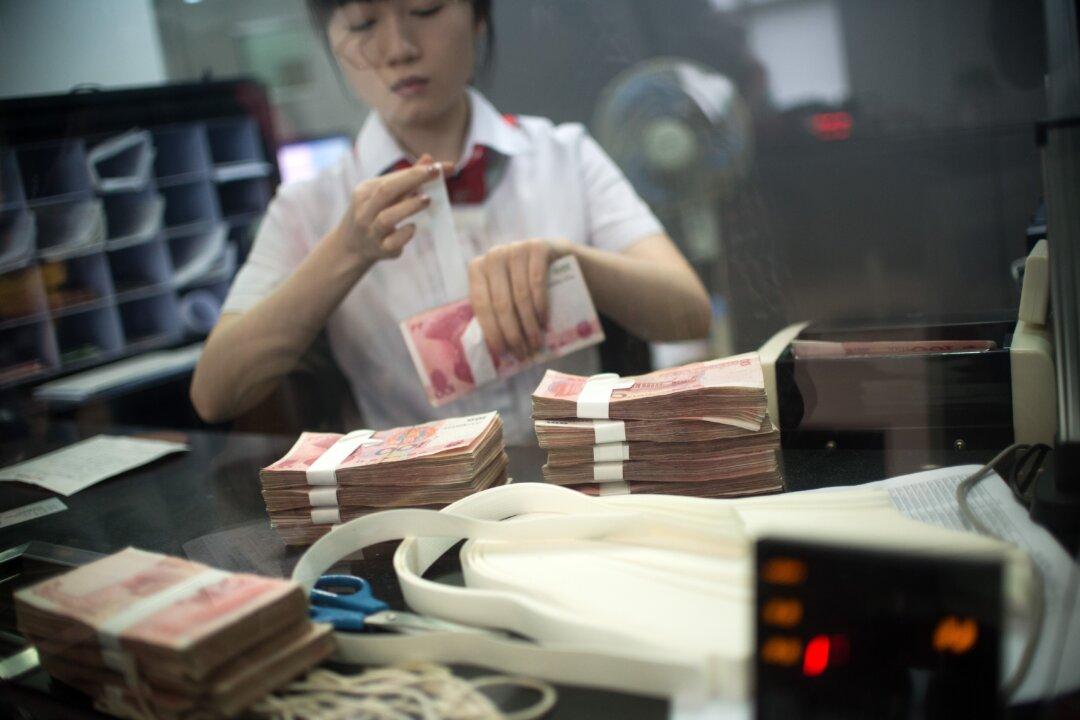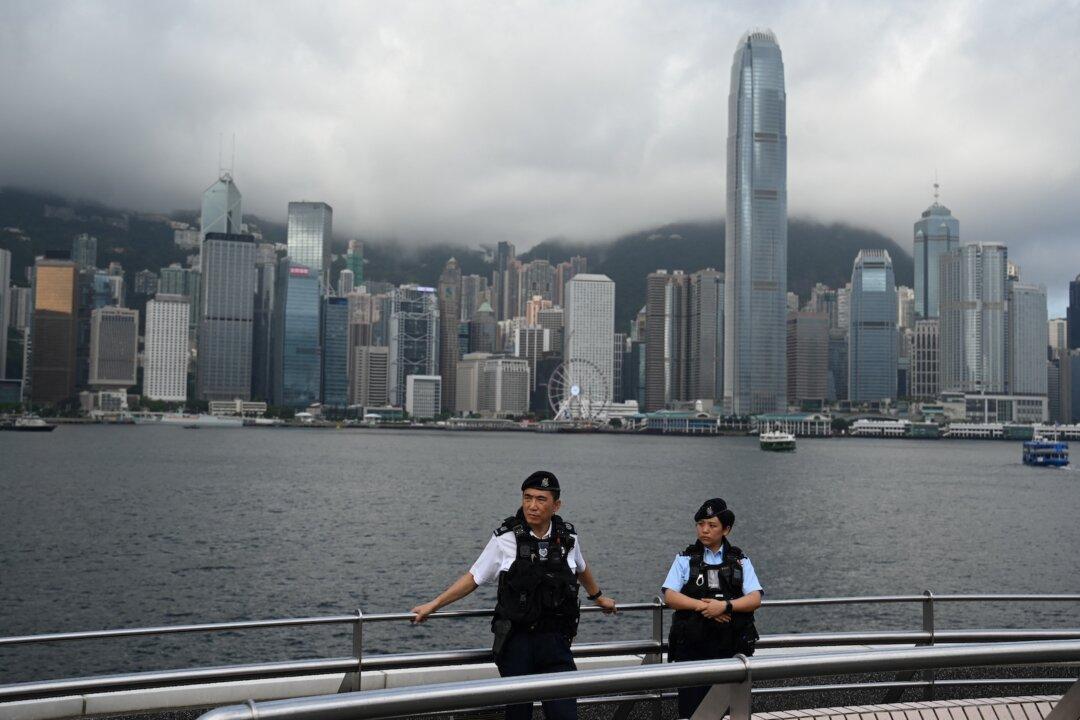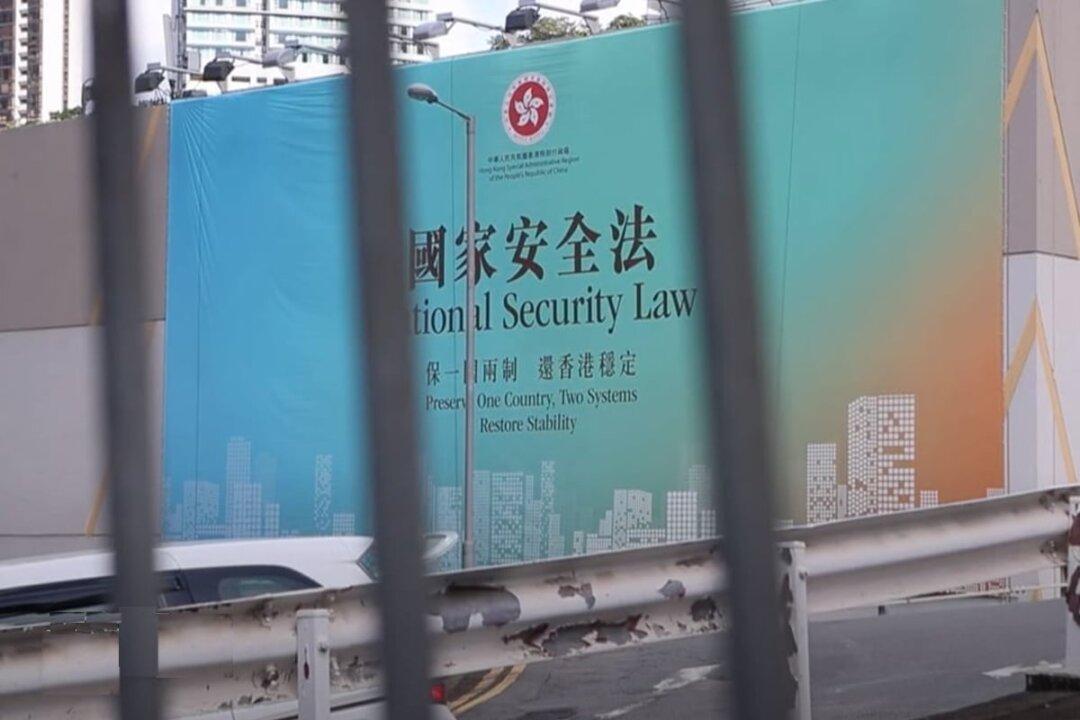Financial reporting organizations in China are tracking a mounting debt crisis that stems from excessive borrowing by local governments, often used to pay existing debts. This matter has not been monitored by China’s central government because local governments are not required to report monies raised through local government financing vehicles (LGFV).
China’s Ministry of Finance has acknowledged that by the end of 2021, the local government debt balance had reached approximately $4.81 trillion. While this figure is within the approved limits posed by the Chinese government, it excludes the local unreported debts, mainly LGFV debts that include loans and bonds, which reached $6.91 trillion in mid-2020, according to a report by Kaiyuan Securities.



